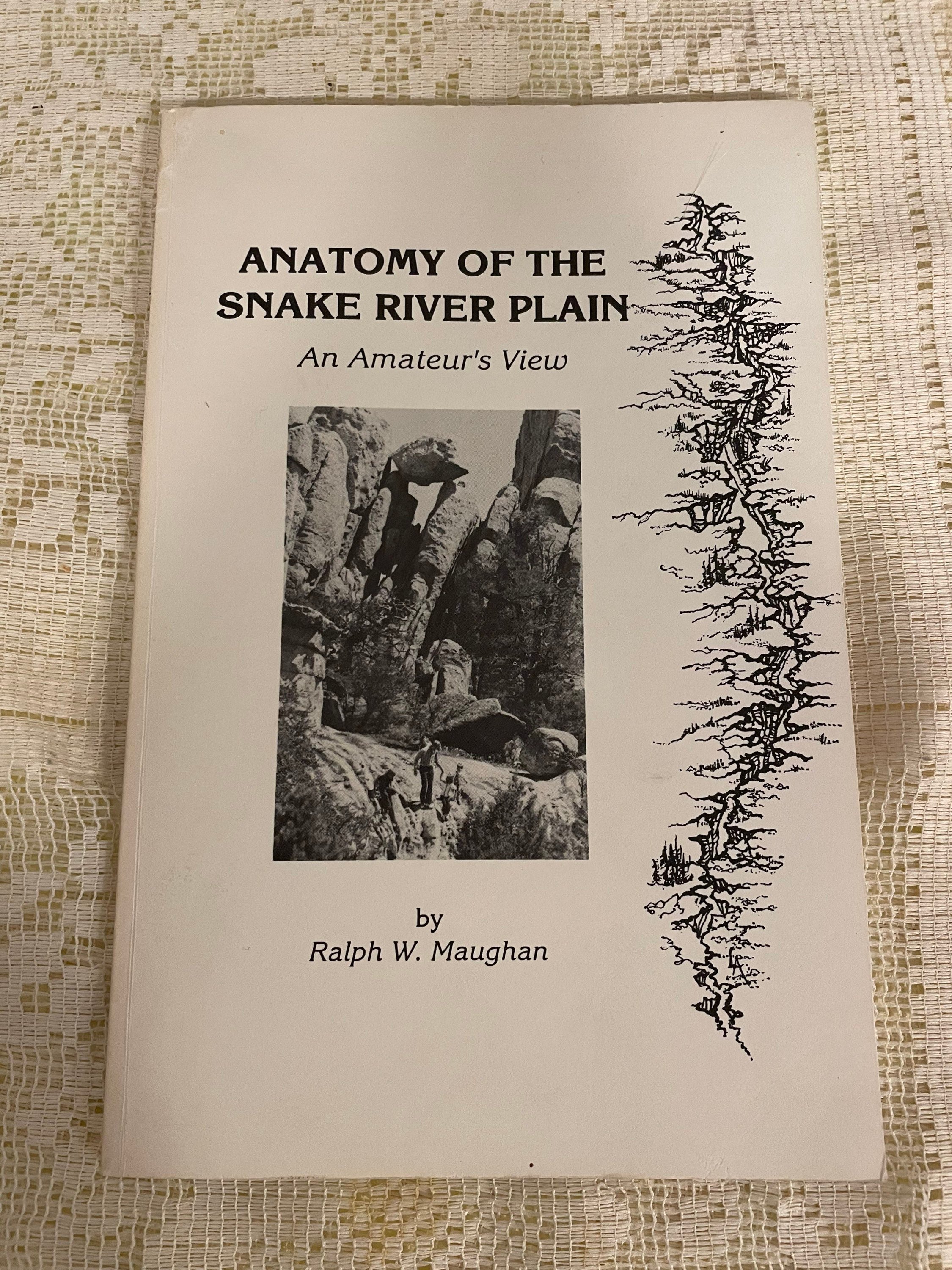The Snake River Plain of southern Idaho offers fertile ground for both potatoes and geology. Ripe with volcanic eruptions, tectonic upheavals and cataclysmic floods, it is a fascinating landscape still largely unplowed by modern earth science.
A retired farmer with an active interest in his surroundings, 77-year-old Ralph Maughan has penned an idiosyncratic chapbook of field trips across this wild and often desolate region. Titled "Anatomy of the Snake River Plain," the book was published by Idaho State University Press.
Maughan was schooled as an agronomist, heading up ag research for Del Monte's Mountain States Division for eight years, and started farming full-time in 1954 on the Clawson Project north of Paul, Idaho. He drew a homestead on the Northside Pumping Division (A&B Irrigation District) north of Rupert in 1958 and farmed there until his retirement in 1985.
Curious about how the Snake River Canyon was created and why soils on either side vary so widely in depth and richness, Maughan sought answers from geologists. His "Anatomy" is the product of that search.
Writing about the catastrophic Bonneville Flood, for instance, Maughan describes the Ice Age deluge that originated in a northern Utah lake many times larger than present-day Great Salt Lake. When the lake's outlet in southern Idaho suddenly expanded 14,500 years ago floodwaters raced into the Snake River, filling it to a depth of 800 feet in places.
Maughan describes the rounded basalt boulders that litter the Snake River Canyon floor below Twin Falls. These peculiar rocks, known locally as "petrified watermelons," were formed when chunks of lava broke off of canyon walls and were tumbled in the raging waters of the Bonneville Flood, he explains.
"I have some of these nearly round rocks ten inches to a foot in diameter in my rock garden, gathered many years before I knew what had made them and left them strewn across the landscape."
Maughan's prose is as rough as the lava beds that carpet the Snake River Plain and often as dry as its sagebrush plateaus. Yet, the rock formations and fossil beds he writes about are fascinating natural places that resist polish and elicit their own excitement.
"To the casual observer, the Wapi is a barren waste of naked rock," he writes of a lava flow east of Minidoka. "To others of us it is an intriguing region of rugged beauty and a fantastic geologic treasure."
Without pretensions, "Anatomy of the Snake River Plain" examines the lava fields that underlie Idaho's prosperous potato fields and explains the workings of the massive Snake River Aquifer. "A farmer with his eyes open," as geologist Paul Link describes him, Maughan takes his curiosity with him to the fields each day and returns each night a little more grounded.
